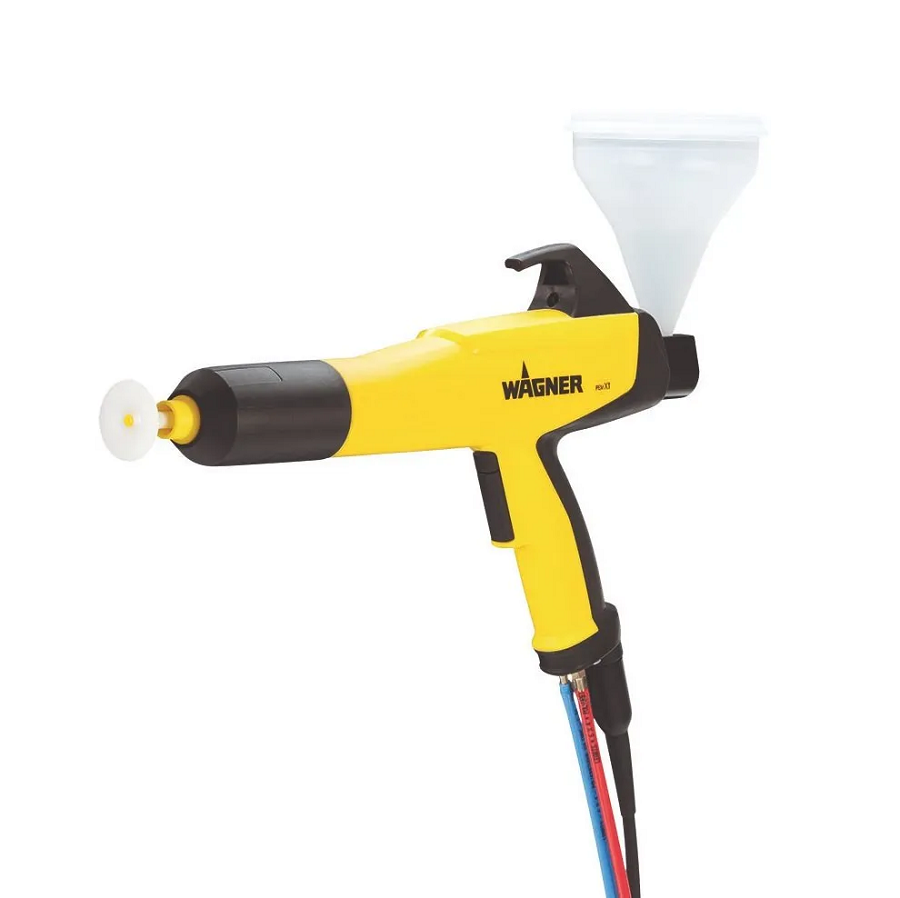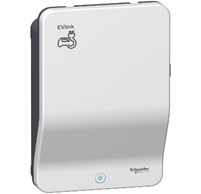What are the different types of rescue in confined spaces?

What are the different types of rescue in confined spaces?
Many areas constantly work with activities in confined spaces and, therefore, it is important to know how to proceed in the event of accidents that require greater care. In this context, having a rescue plan in confined spaces is essential. for Confined space rescue course click here
From this, it is possible to define action plans, strategies, necessary training and, thus, guarantee that, when there are problems, everyone is properly protected and able to avoid more serious accidents.
For this, it is important to know all the necessary details for this purpose. Check out, below, what are the types of rescue in confined spaces and ask your questions.
What are the main types of Confined spaces?
For the creation of access and rescue systems, it is essential to know the main types of confined spaces. Let’s look at some examples that we find in the day-to-day of organizations:
- Boilers;
- Underground galleries;
- Tanks;
- Ducts;
- Chimneys;
- Industrial mills;
- Elevators.
There are many types of confined spaces. Therefore, it is important to know Regulatory Norm. According to it, it characterizes the place or environment that is not made for people to stay for long periods and that have entry and exit limitations, as well as reduced ventilation, which does not allow the removal of agents that compromise air quality.
What are the types of Rescue in Confined Spaces?
Access and rescue systems are essential to devise adequate safety strategies when an accident occurs. With this, it is possible to ensure that they are removed safely, without putting professionals and rescuers at risk.
Thus, this is one of the forms of access that must be clear to those involved, so that it is possible to carry out the necessary techniques. The main types of rescue in confined spaces are:
Self-Rescue:
The professional is trained to know how to drive to their own exit when trapped in a confined space, with PPE for this purpose;
Rescue without entry:
Rescue without entry must be used when the employee is unable to leave the premises. In this case, it is necessary to follow the guidelines. The company facilitates the removal of people without the need for rescue teams to access the space internally, being able to use individual movers, as long as the employee’s physical integrity is not harmed;
Entry Rescue:
In this case, the rescuer enters the confined space to perform the rescue. He should guide the professional on how to act in the process, so that everyone is not put at risk. At the end, it is necessary to carry out an assessment of what happened.
What are the best tips for performing rescue in confined spaces?
But after all, how to carry out rescue in confined spaces properly? Check out some important tips for this below:
- Have quality PPE to carry out the process. This is fundamental, because, in case of problems, it can break and leave the person at risk during the rescue process;
- Have a team trained by a company specializing in confined space rescue. Or even outsource this process, having a company focused on this type of activity present in the space;
- Train your employees and reinforce training periodically, so that it is updated with new techniques necessary for safer rescues.
- Rescues in confined spaces need to be well guided to avoid problems for professionals, maintaining the physical integrity of the person. We hope these tips will help you devise better strategies for this purpose.



